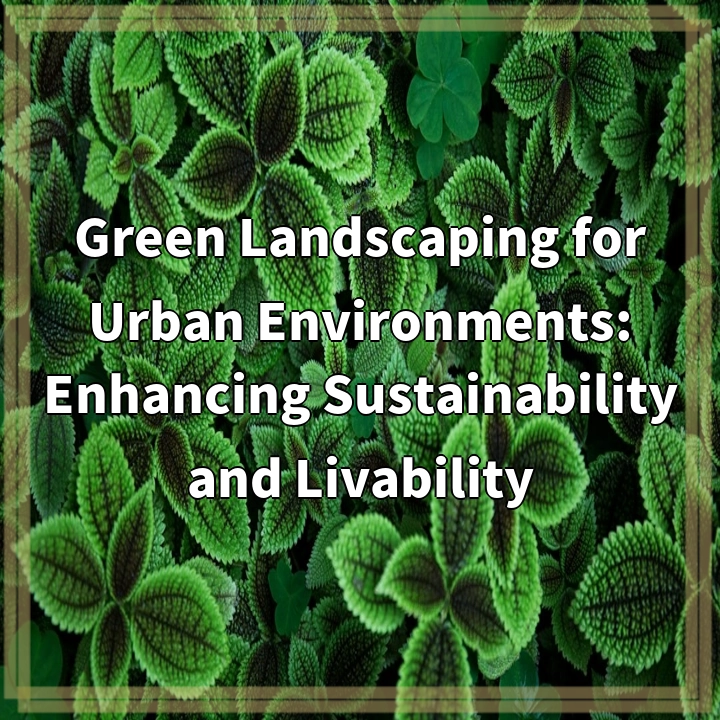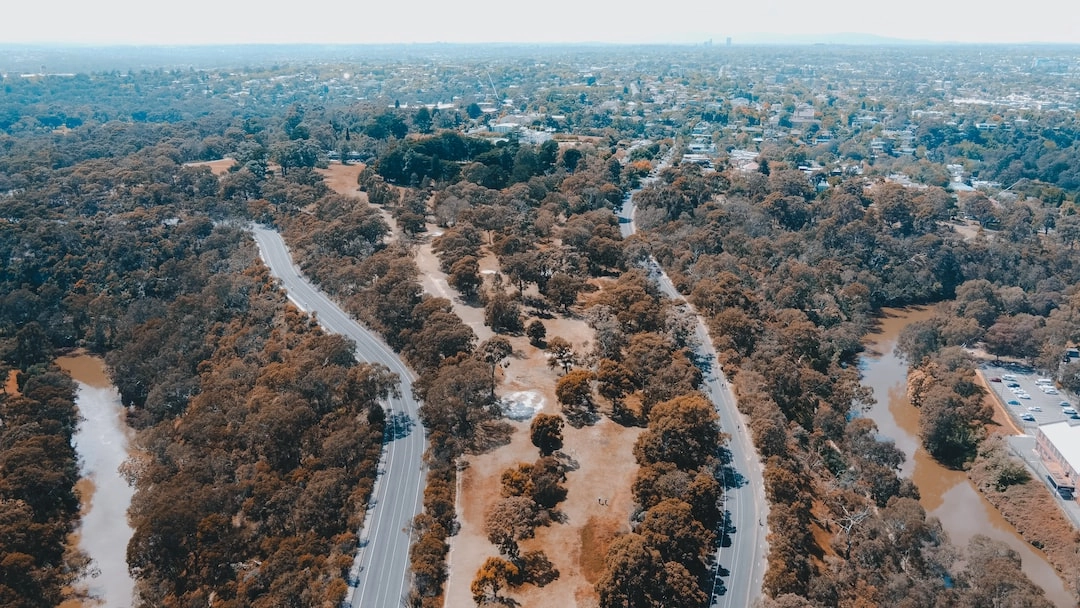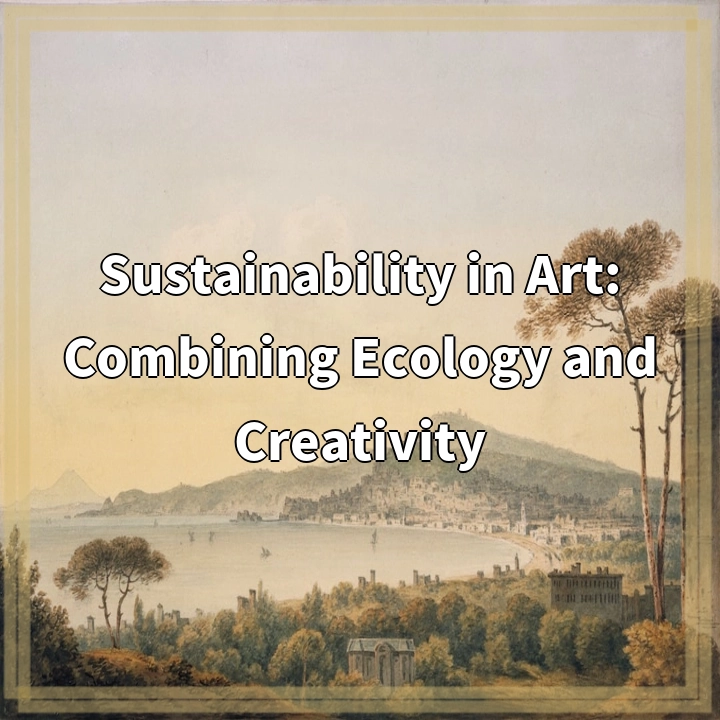
What is Green Landscaping for Urban Environments?
Green landscaping for urban environments, also known as sustainable landscaping, is an approach to designing, creating, and maintaining outdoor spaces in a way that minimizes negative environmental impacts and maximizes the benefits to both nature and people. It involves using environmentally friendly practices to conserve water, reduce waste, improve air quality, and support biodiversity.
Real-World Problems Associated with Green Landscaping
While green landscaping offers numerous benefits, there are also some challenges and real-world problems that need to be addressed:
1. Limited Space
Urban environments often have limited space available for landscaping. This can make it challenging to incorporate green spaces, especially in densely populated areas. Finding creative solutions to make the most of available space is crucial.
2. Soil Quality and Composition
In urban areas, the quality and composition of soil can be poor due to factors such as pollution, compaction, and contamination. This can affect the health and growth of plants, making it necessary to address soil remediation and enrichment strategies.
3. Limited Water Resources
Water scarcity is a prevalent issue in many urban environments. Implementing green landscaping practices that reduce water consumption, such as using drought-tolerant plants, efficient irrigation systems, and rainwater harvesting, is crucial for sustainable urban landscaping.
4. Urban Heat Island Effect
One of the major challenges in urban environments is the urban heat island effect, where cities experience higher temperatures compared to surrounding rural areas. Green landscaping can help counteract this effect by increasing shaded areas, using reflective surfaces, and incorporating vegetation that provides cooling benefits.
5. Maintenance and Management
Urban landscaping requires regular maintenance and management to keep it vibrant and healthy. However, limited resources, including budget and personnel, can pose challenges in adequately maintaining green spaces. Finding cost-effective and sustainable maintenance practices is essential.
6. Community Engagement and Education
Engaging the community and promoting awareness about the benefits of green landscaping can be challenging. Overcoming barriers and ensuring community participation is important for the long-term success and sustainability of urban green spaces.
7. Policy and Regulatory Barriers
Policy and regulatory barriers can hinder the adoption of green landscaping practices in urban environments. Encouraging policymakers to implement supportive regulations and incentives is vital for widespread adoption and successful implementation.
In conclusion, green landscaping for urban environments has the potential to enhance sustainability and livability. However, addressing the real-world problems associated with it is crucial to ensure the successful implementation of sustainable landscaping practices in urban areas.

Solutions for Green Landscaping in Urban Environments
Addressing the challenges and real-world problems associated with green landscaping in urban environments requires innovative solutions and collaborative efforts. Here are some key strategies to consider:
1. Smart Design and Efficient Space Utilization
Implementing smart design principles can maximize the use of limited space in urban environments. Vertical gardens, rooftop gardens, and pocket parks are excellent ways to incorporate green spaces into densely populated areas.
2. Soil Remediation and Enhancement
Improving soil quality through testing, remediation techniques, and adding organic matter can ensure healthy plant growth in urban landscapes. Amending soils with compost and avoiding chemical inputs can promote a thriving urban ecosystem.
3. Water Conservation and Management
Adopting water-efficient practices and technologies is crucial for green landscaping in water-scarce urban environments. This includes using native and drought-resistant plants, installing rainwater harvesting systems, and employing smart irrigation techniques.
4. Urban Heat Island Mitigation
To combat the urban heat island effect, integrating shade structures, cool roofs, and green roofs or walls can help cool urban environments. Planting trees strategically to provide shade and creating green corridors can also reduce ambient temperatures.
5. Sustainable Maintenance Practices
Implementing sustainable maintenance practices is essential to ensure the longevity of urban green spaces. This includes utilizing organic fertilizers, implementing integrated pest management strategies, and involving community volunteers in maintenance efforts.
6. Community Engagement and Education
Educating and involving the community in green landscaping efforts fosters a sense of ownership and promotes the long-term success of urban green spaces. This can be done through workshops, community gardening programs, and educational campaigns.
7. Advocacy for Supportive Policies
Promoting supportive policies and regulations that incentivize green landscaping practices in urban environments is crucial. Engaging with policymakers, advocating for green infrastructure investments, and highlighting the numerous benefits can help drive change at the policy level.
By implementing these solutions, urban environments can successfully incorporate green landscaping practices, enhancing sustainability and livability for both nature and the community.















